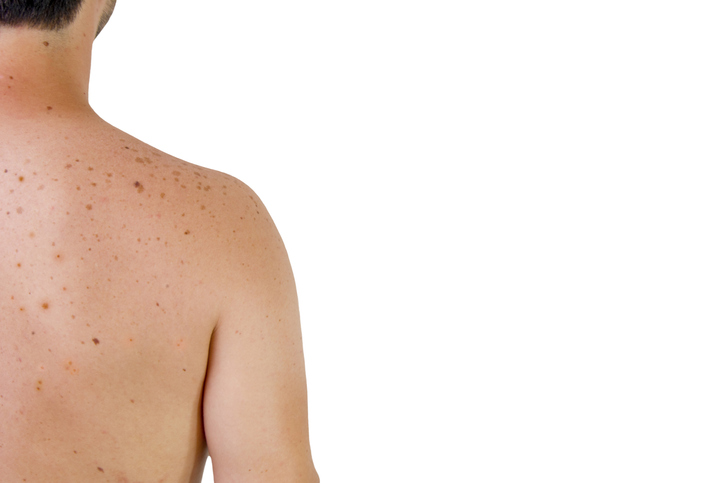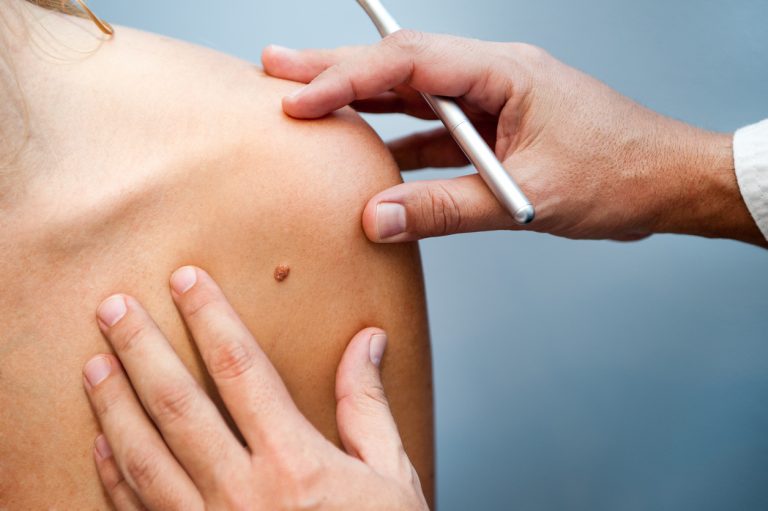
Statistically, Men Are At A Higher Risk Than Women Of A Skin Cancer Diagnosis – Here’s Why
Discover why men are more likely to be diagnosed with skin cancer than women and what you can do to lower your risk.
Dr Michael Rich is a specialist dermatologist who has been performing tumescent liposuction for over 30 years. Find out if Liposuction is suitable for you at ENRICH Clinic.
At ENRICH Clinic, we have a wide range of dermatological and cosmetic body treatments tailored to individual body and patient needs.
At ENRICH Clinic, our treatments are performed by our medical team consisting of doctors, nurses, and dermatologists and are tailored to each patient’s skin health needs.
ENRICH Clinic is committed to your skin health and well-being with a range of dermatological & cosmetic treatments tailored to the individual. Our treatments are performed by our medical team consisting of doctors, nurses, and dermatologists.
Skin health is essential for everyone. ENRICH Clinic has a wide range of technologies and dermatological solutions to help you achieve your skin care goals.
 A mole is a benign collection of pigment cells – melanocytes – which produce melanin. This makes a mole brown or black, and how many cells it has determines how big a mole is and what shape and size it ends up.
A mole is a benign collection of pigment cells – melanocytes – which produce melanin. This makes a mole brown or black, and how many cells it has determines how big a mole is and what shape and size it ends up.
Moles can be flat, bumpy, pink, fleshy, many shades, and while mostly round, moles can be irregularly shaped. Moles can be large or small, sometimes many centimetres in diameter. Moles can change during pregnancy.
Moles can be present at birth or develop during our lives. Fair-skinned people have more moles than darker-skinned people, with moles developing during childhood the ones that tend to stand out and stay present throughout our lives.
A fair-skinned person typically has between 20 and 50 moles across their body. We’re not sure why moles develop, but it is likely a combination of genetics and UV exposure. People from Australia and New Zealand have more moles than Europeans, likely due to our altered ozone and greater UV exposure.
Moles can become cancerous, with the most severe skin cancer being melanoma. The more moles you have, the higher the risk of skin cancer, though a research project found that people with melanomas that had fewer than 50 moles tended to have more aggressive forms of skin cancer.
Most moles can live happily ever after on your skin without causing problems. Some moles may be removed for aesthetic or comfort reasons, or if they are deemed a melanoma risk. Moles can be cut off completely, destroyed using heat, or lasers can reduce pigmentation to lessen the appearance of a mole.
If you have moles or other pigmentation spots you want a second opinion on, we can help – we are a specialist dermatology clinic with doctors with a special interest in melanoma and moles.
We can treat your moles.
Contact us
*With all surgeries or procedures, there are risks. Consult your physician (GP) before undertaking any surgical or cosmetic procedure. Please read the consent forms carefully and be informed about every aspect of your treatment. Surgeries such as liposuction have a mandatory seven-day cooling-off period to give patients adequate time to be sure of their surgery choice. Results may also vary from person to person due to many factors, including the individual’s genetics, diet and exercise. Before and after photos are only relevant to the patient in the photo and do not necessarily reflect the results other patients may experience. Ask questions. Our team of dermatologists, doctors and nurses are here to help you with any of your queries. This page is not advice and is intended to be informational only. We endeavour to keep all our information up to date; however, this site is intended as a guide and not a definitive information portal or in any way constitutes medical advice.
"*" indicates required fields
Combining Dr Rich’s dermatological skill with his knowledge of restorative skin regimes and treatments, the ENRICH range is formulated to help maintain and complement your skin. Our signature Vitamin C Day & Night creams are now joined by a Vit A, B,&C Serum and a B5 Hyaluronic Gel, both with hydration properties and much, much more.

Discover why men are more likely to be diagnosed with skin cancer than women and what you can do to lower your risk.

Here in Australia, when working outdoors you must make looking after your skin a priority. We can help with your skin health.

In this article, we take a look at some of the information around melanoma, the process you go through after being diagnosed, and the best ways to proceed.

Non-melanoma skin cancers (keratinocyte cancers) are the most common form of cancers in Australia and are generally not life-threatening
Subscribe to the ENRICH newsletter and receive latest news & updates from our team.
Enrich Clinic acknowledges the Traditional Lands of the Wurundjeri Woi Wurrung and Bunurong peoples of the East Kulin Nations on which we work and trade. We pay respect to their Elders past, present and emerging. We extend our acknowledgement and respect to the LGBTQIA+ community who we welcome and support. Read our full Acknowledgement Statement here
